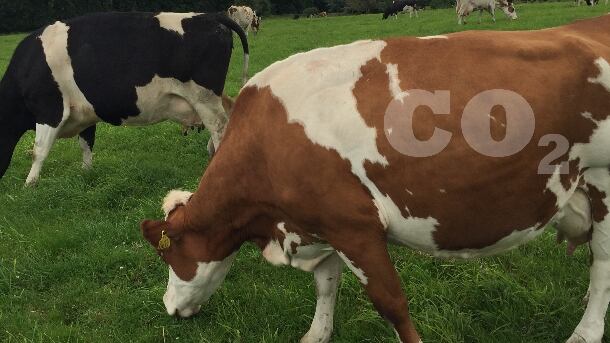The call comes as the dairy industry in Northern Ireland exceeded other sectors in agriculture to improve its greenhouse gas emissions by 30%.
Working closely together
Dr Mike Johnston, Northern Ireland director at Dairy UK and Tim Acheson, general manager of food service operations at Lakeland Dairies, gave evidence to the House of Commons’ Northern Ireland Affairs Committee as part of the committee’s inquiry on the future of the land border between Northern Ireland and the Republic of Ireland.
Johnston said the two countries have developed common practices to improve efficiency, maximize productivity and add value throughout the dairy supply chain.
Through an ‘all-island’ value chain, dairy stakeholders in Northern Ireland and the Republic of Ireland work closely together and rely on the free movement of people, raw materials and finished goods.
Brexit concerns
Johnston said the system works and delivers benefits to all dairy stakeholders north and south of the border. However, he added that the uncertainty created by Brexit raises concerns in terms of future investments.
Acheson said many dairy companies have operations spanning all over the island of Ireland.
“Any disruption to the free movement of raw milk or dairy products would have a major impact on dairy processors and dairy farmers while jeopardizing our efficiency and our competitiveness,” Acheson said.
Johnston also highlighted the role of exports and trade for the Northern Ireland dairy industry.
“Dairy exports to EU and non-EU countries are vital to our industry,” Johnston said.
“Post-Brexit, we will need to be competitive not only with non-EU countries but also with our EU partners to gain access to new exports markets.”
Dairy improving over agriculture sector
A report on the Northern Ireland dairy industry relating to greenhouse gas emissions has been released by the Department of Agriculture, Environment and Rural Affairs (DAERA).

Carbon footprints as shown in the report refer to greenhouse gas (GHG) emissions per unit of product and thereby allow assessments at that level. Within the report, they are measured in terms of carbon dioxide equivalent per kilogram of energy corrected milk (CO2e/kg ECM).
From 1990 to 2014, the study shows that while the agriculture sector has made modest progress in reducing total GHG emissions (5.2% since 1990), dairy farming has made substantial progress in reducing its emissions on a per unit of production basis (30.7% reduction since 1990).
The study explains the reason behind the improvement is that Northern Ireland has experienced continual growth in its total milk production over the period, which was driven primarily through increases in milk yield per cow. This growth has spread the emissions burden associated with each dairy cow over a greater volume of production.
Similarly, the main factor causing variation in carbon footprint between individual dairy farms was milk yield per cow. This factor was found to have an inverse relationship with carbon footprint levels – as yield per cow increases, GHG emissions per liter fall.
The UK Climate Change Act commits the UK to an 80% reduction in GHG emissions by 2050 from 1990 baseline levels. The UK GHG inventory charts annual emission levels from 1990 at the UK, regional, and sectoral levels.
